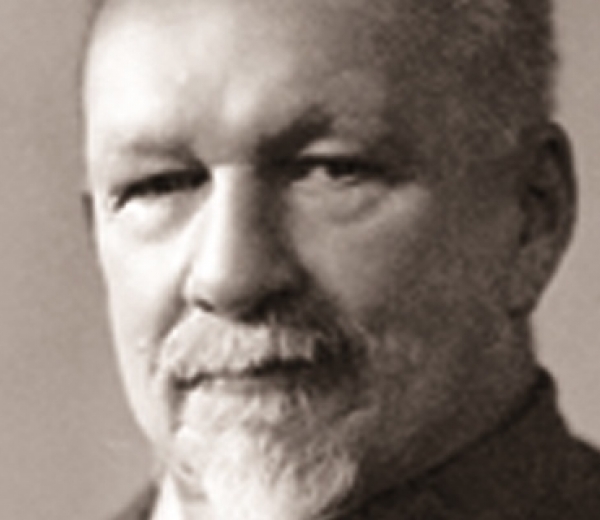Jakob Künzler
The Swiss missionary and evangelist deacon spent the first two decades of the 20th century serving the medical needs of Armenians, including victims of the Genocide.
“In the Land of Blood and Tears” was a vital eyewitness account of the horrors he had seen. He and his wife Elizabeth returned to the region as part of the Near East Relief program to evacuate orphans from Turkey, and together they managed to transfer 8,000 displaced children into Syria and Lebanon. In 1923 they took charge of an orphanage at Ghazir in Lebanon, close to Beirut. Later that year his arm was amputated. Yet for an additional 25 years "Papa Künzler" looked after the welfare of his charges.

Künzler lost his own parents at an early age and worked as a carpenter before training as a physicians' assistant. He first travelled to Urfa in 1899, and would work there for 20 years, often deputizing for surgeons and quickly becoming conversant in Armenian, Turkish and Kurdish. When World War I broke out and many foreign nationals were forced to leave Turkey, Künzler, as a Swiss national, was able to stay. Often, he found himself the only medical resource for victims of the Genocide in the region, and what he saw in these years marked him mentally and physically.
After the war's end, in 1919, the exhausted Künzlers travelled to Switzerland to recuperate. Jakob completed his training as a surgeon and, haunted by what he had seen, wrote his account of the Genocide. When the program to relocate orphans to safe areas outside Turkey began, they spearheaded local efforts. “Since my wife’s and my knowledge of language and locality made us best suited to the work than other workers at the Near East Relief... we both were assigned to evacuate over 8,000 Armenian orphans from Urfa and surroundings," he later wrote, further describing this effort as "work which made us happy to such extent that we could consider this part of our life one of the best ones." This herculean effort is considered key to the survival of many western Armenians.

Künzler ensured that the children in the Ghazir orphanage learned carpet making or other crafts that would give them employment in adult life: in 1925 they made a rug that was given to U.S. President Calvin Coolidge. Künzler took a paternal interest in his charges, too, ensuring where possible that the girls from the orphanage married Armenian boys to keep the national identity alive in exile.
Before his death in 1949, Jakob Künzler would go on to found an institution for blind orphans and a sanatorium, and initiate a house-building program for Armenian refugees – he and Elizabeth raising the necessary funds themselves.
Images courtesy of the Armenian Genocide Museum-Institute.

